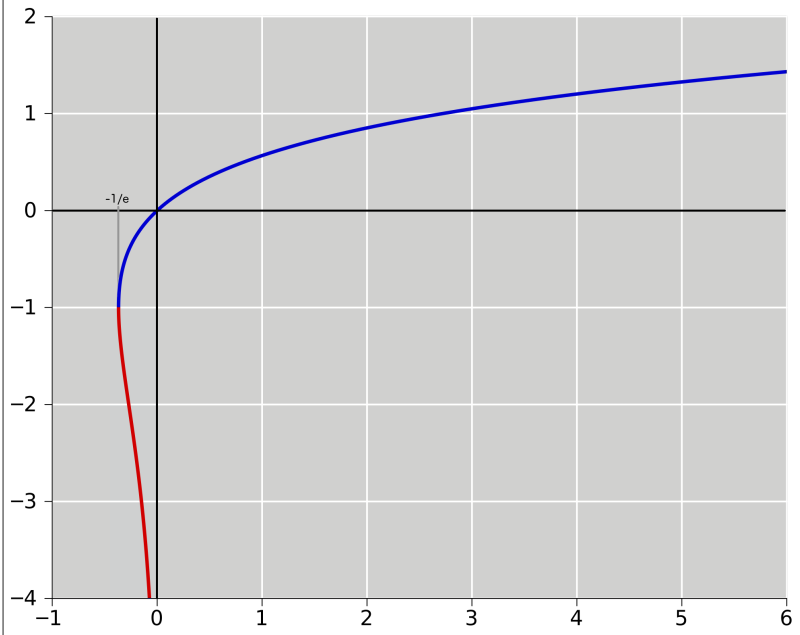@fresh_42 , muchas gracias for your help, but these concepts are beyond my ken.
I'll tell you what I know and maybe you could curate your comments based on that.
1. The fundamental theorem of algebra: A polynomial of the \(\displaystyle n^{th}\) degree has \(\displaystyle n\) roots.
Yes, however, not necessarily distinct roots.
[imath] (x-2)^6 [/imath] has one root, [imath] x=2, [/imath] six times. It is called the multiplicity of a root. If you start to dig deeper here, you will be entering the rabbit hole of field theory. Fields are domains like the rational, real or complex numbers where we can add, subtract, multiply and divide. There are others. The light switch in your room is a field: ON = 1 and OFF = 0. We can add: ON + ON = OFF, multiply: ON times OFF = OFF, ON times ON = ON, OFF times OFF = OFF, and divide by all numbers different from zero, i.e. we can divide by ON = 1 which doesn't change anything.
2. I can't see how \(\displaystyle y^6 = x\) is a \(\displaystyle 6^{\text{th}}\) degree polynomial, unless you're swapping the x and y.
Not sure what you mean. I told you that the letters are problematic. Let's make an example: [imath] y^6=729. [/imath] You have asked whether this means that [imath] y=\pm \sqrt[6]{729}=\pm 3. [/imath] I said, no, because there are also another four complex roots. We have the problem to determine all solutions of the equation
[math] y^6=729 \Longleftrightarrow y^6-729=0 [/math]which is the question about all roots of the polynomial [imath] p(y)=y^6-729. [/imath]
The results are
[math] y^6=729 \Longleftrightarrow y^6-729=0 \Longleftrightarrow y\in \left\{ \pm 3 \, , \, \pm \left( \dfrac{3}{2} + i \dfrac{3\sqrt{3}}{2}\right)\, , \,\pm \left(\dfrac{3}{2} - i \dfrac{3\sqrt{3}}{2}\right)\right\}. [/math]
See, the factor [imath] \sqrt[6]{729}=3 [/imath] is in all roots. That's why we solve [imath] y^6=1 .[/imath] To multiply the results by [imath] \sqrt[6]{x}=\sqrt[6]{729}=3 [/imath] afterwards is easy. No need to carry it all the way through.




